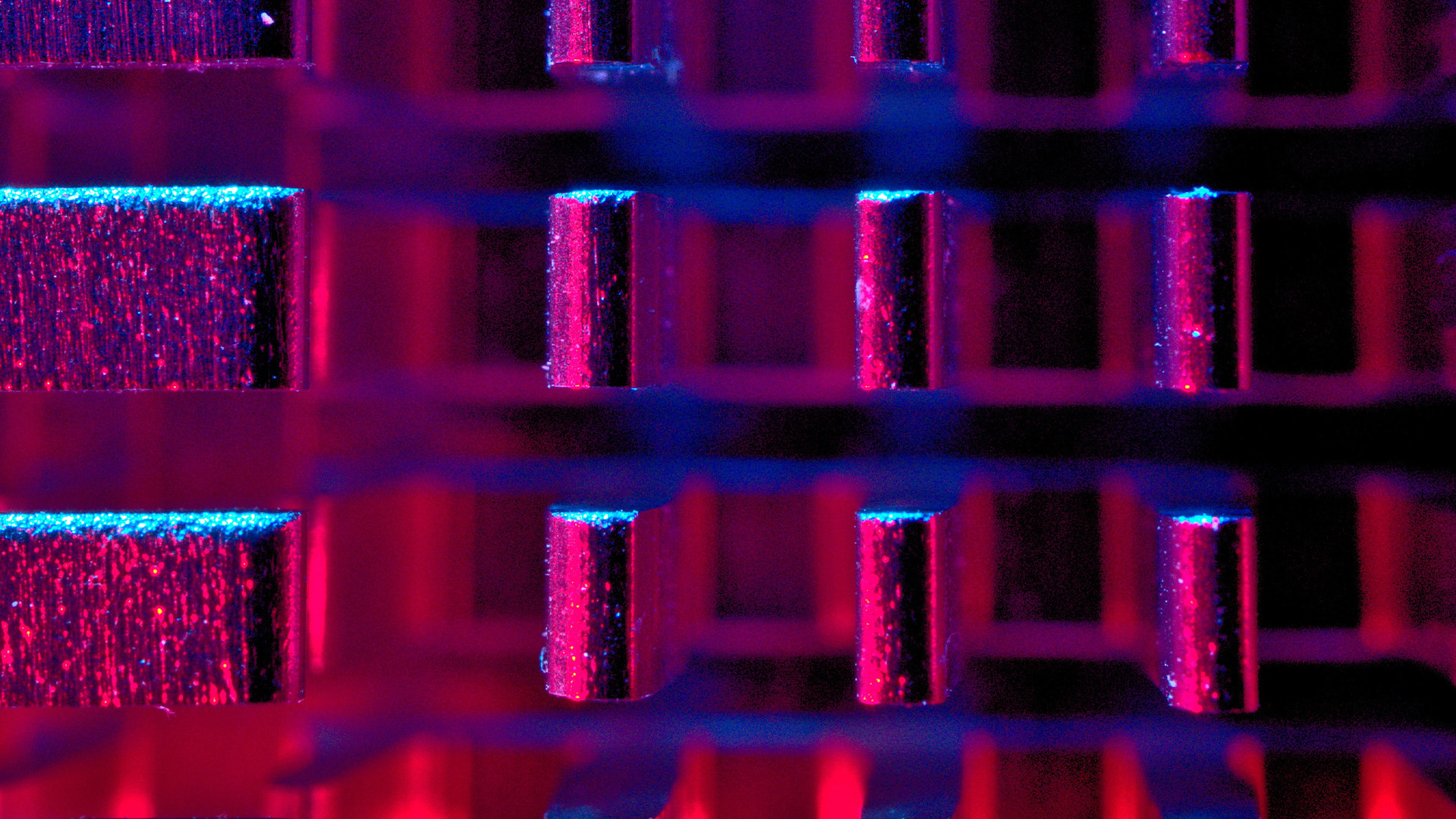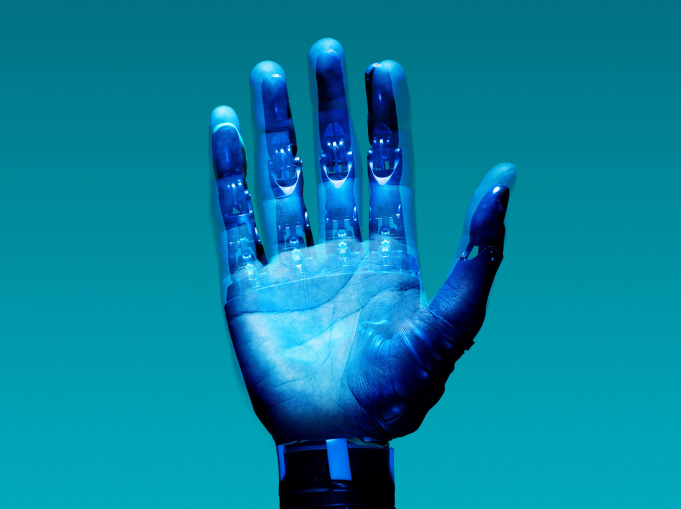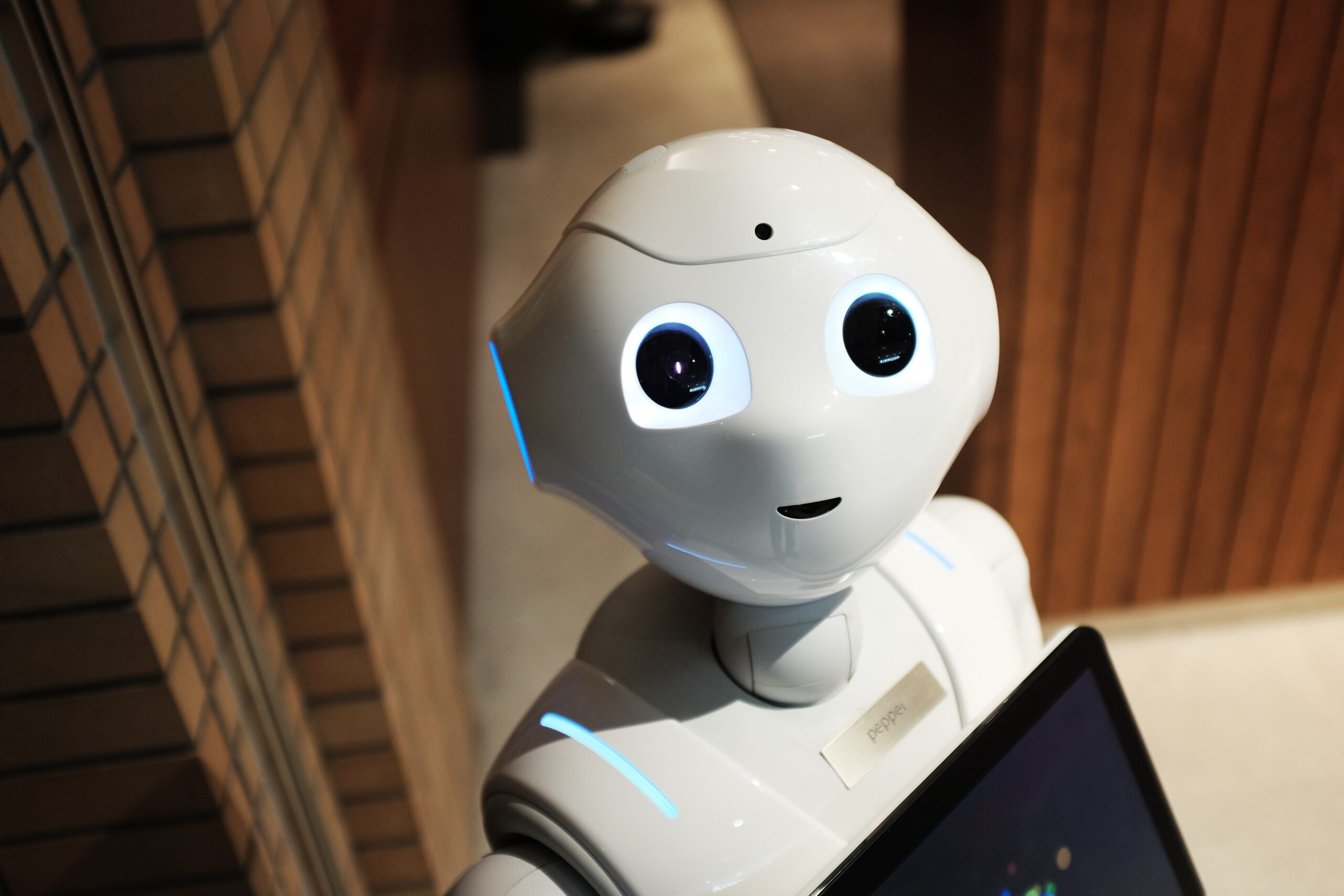KEY TAKEAWAYS
- New generations of mobile communications systems appear roughly every 10 years, with a new wave of accompanying services approximately every 20. With the advent of 5G in 2019, we can expect new value creation in the order of billions of dollars over the coming years.
- The evolution of 5G solutions will have a huge economic impact, with multiple industries affected. The global 5G Services market is expected to grow to USD 249.2 billion by 20261.
- Big trends influencing the responsible development of 5G services and solutions are social change, technology designed to meet these new social needs, and design that is completely inclusive.
- From a social perspective, challenges include supporting an ageing population and facilitating a non-contact world (i.e. remote working and living).
- From a technical perspective, as well as making the most of 5G technology, there are important developments in AI, the Internet of Things, virtual space, cloud, edge computing, robotics, and others. New technologies should solve societal challenges, as well as inform corporate strategy, cross-industry collaboration, and reform of ways of working.
- From a design perspective, R&D and innovation should be focused on equity and inclusivity. At NTT DOCOMO, the innovation division is focused on R&D that creates a society “so that each and every person can reach their full potential.”
- By fusing the physical and the digital within an overall framework that works alongside network (IoT) and service technologies, data can be acquired and analysed to predict the future. Naoki Tani concludes, “Repeating these activities in a loop leads to value creation beyond the traditional boundaries of the corporate and industrial world.”
Originally published in NTT DOCOMO Technical Journal Vol. 22 No. 4, April 2021.
In Japan, fifth-generation mobile communications system (5G) services were launched in March 2020. Through co-creation with business partners, NTT DOCOMO has been creating 5G solutions that can contribute to workstyle reform, advanced industrial systems and attractive urban development. From here on, we can expect 5G to evolve even further and to support an even greater number of use cases.
In retrospect, a new generation of the radio system for mobile communications has appeared roughly every ten years and a new wave of services using these systems has occurred about every 20 years. The car phone launched in December 1979 became increasingly smaller over a 20-year period eventually morphing into a mobile phone for voice communication that spread throughout society.
Next, the launch of the i-mode service in February 1999 led to sophisticated terminals such as i-mode mobile phones and subsequent smartphones and laid the foundation for expanded mobile multimedia that could provide an even greater diversity of information at your fingertips.
What’s next from 5G?
Going forward, then, what kind of world can we expect from 5G following its start with pre-commercial services in September 2019? According to reference materials of the Radio Policy 2020 Roundtable held by the Ministry of Internal Affairs and Communications (MIC), 5G is expected to contribute to all sorts of industries and to create new business value with an economic impact estimated to be about 47 trillion yen in Japan alone.
What issues must we face to achieve this world? I believe that we can sum these up with the keywords of social change, technology evolution and ideas and design. First, in the area of social change, we must contribute to economic development while solving key social issues such as dealing with Japan’s super-aging society and creating a non-contact remote society as a countermeasure to Covid-19 infections.
“We are engaged in R&D activities toward the creation of a well-being society, as a vision of the future. This will be a society that provides a wider range of possibilities so that each and every person can reach their full potential in a mutually supporting community.”
Next, technology evolution refers to the remarkable evolution of Information and Communications Technology (ICT) in the form of 5G networks, Internet of Things (IoT), virtual space, Artificial Intelligence (AI), cloud computing and edge computing and to the development of advanced devices such as robots, drones and self-driving cars. It also refers to the growing impact of digital platformers typified by GAFA. Here, support for a digital transformation, that is, the use of technology evolution to solve the above issues surrounding social change, should accelerate corporate reorganization and cross-industry collaboration, promote the appearance of new digital players, and drive workstyle reform.
All in all, these changes should lead to solutions to social issues and the creation of new added value. However, according to the World Digital Competitiveness Ranking 2020 put out by the Switzerland-based International Institute for Management Development (IMD), Japan received a ranking of 27th in overall performance among 63 countries around the world. While strong in areas such as mobile broadband usage and investment in new technologies, low digital/technological skills, and poor business agility and delay in data usage in the business domain were cited as weak points.
Vision of the future
Finally, in light of the above, ideas and design are particularly important. At NTT DOCOMO’s R&D Innovation Division, we are engaged in R&D activities toward the creation of a well-being society, as a vision of the future. This will be a society that provides a wider range of possibilities so that each and every person can reach their full potential in a mutually supporting community.
To achieve this, we will promote value creation within a cyber-physical fusion framework while promoting the simultaneous evolution of network technologies and service technologies. Cyber-physical fusion begins by converting humans, things, and events in physical space into information. It then acquires and accumulates data in cyber space via the network based on that information and uses that data to forecast the future, discover knowledge, and actuate the physical space. Repeating these activities in a loop leads to value creation beyond the traditional boundaries of the corporate and industrial world.
At present, though many mechanisms for accumulating and using digital data, video, etc. in cyberspace are appearing throughout the world, there is still an insufficient amount of knowledge for connecting those mechanisms to fundamental business reform, creation of added value, etc. in physical space. In this regard, I believe that there are still many areas that need to be studied. We are committed to achieving cyber-physical fusion and a new era of value creation through our R&D efforts while promoting the evolution of 5G as a source of great possibilities.
All issues: NTT DOCOMO Technical Journal Index.




















